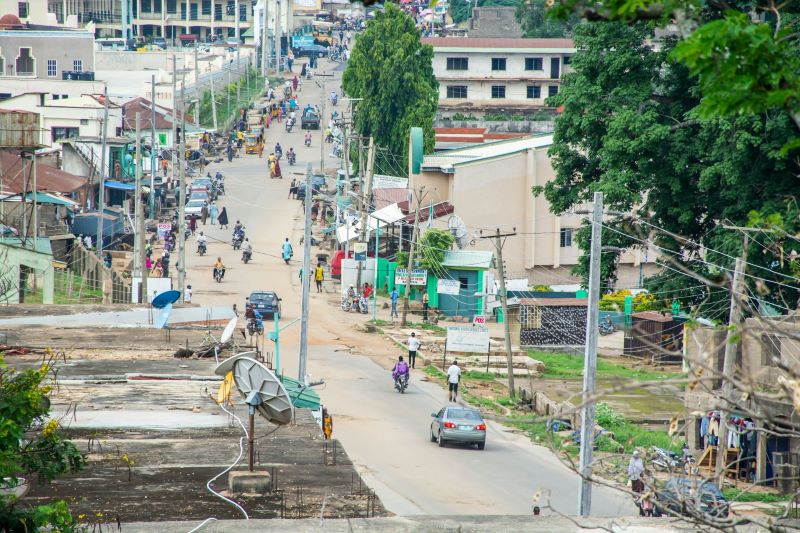 Nigeria is giving its young entrepreneurs a chance to create small businesses which, among other initiatives, could reduce the unemployment rate and help fight poverty in the country.
Nigeria is giving its young entrepreneurs a chance to create small businesses which, among other initiatives, could reduce the unemployment rate and help fight poverty in the country.
Poverty in Nigeria: A Youthful Outlook
To accomplish such a feat, the country has created a Youth Entrepreneurship Investment Bank for the specific purpose of financing youth in the country, regarding their entrepreneurial endeavors. Nigerian leaders hope that the $100 million invested into such an establishment would make a positive impact in the reduction of Nigeria’s multidimensional poverty. Nigeria’s Multidimensional Poverty Index (MPI) is at 0.175, according to the 2024 Human Development Reports. While this index would indicate a better performance regarding multidimensional poverty, the impact still exists in the country.
The country’s African Development Bank (AfDB) Group President expresses his hope that the youth will help the country rise with the following statement: “Certainly, Nigeria, 64 years after independence, should not be a developing country. Nigeria should be a developed nation!”
Nestle: Empowering Nigeria’s Women
Through its “Rural Women Empowerment Program,” Nestle is providing various opportunities for women in Nigeria. According to Vanguard, the program provides training, mentoring and grants to young Nigerian women in rural areas looking to boost their businesses, sometimes providing up to three times the value of their existing businesses
Nestle is also hiring women into executive positions of leadership within the company. Women hold almost half of the company leadership positions, with 46.4% being the current number and slowly rising, with the initiation of the program that Nestle started in 2021. Since then, Nestle has empowered 332 women in the workforce in Nigeria, helping to generate financial independence and foster businesses for women for years to come.
Nigeria’s Increasing International Innovations
More recently, in November 2024, the Nigerian President attended a G20 Summit in Brazil, where he addressed the positive impacts of an alliance between Brazil and Nigeria. “By collaborating with international partners, Nigeria aims to leverage best practices, innovative solutions, and financial support to enhance its efforts to combat poverty and hunger,” he stated. The President also added that “Nigeria’s endorsement of the declaration of commitment to join the Global Alliance Against Hunger and Poverty is a significant step forward in our ongoing efforts to address hunger and poverty. The endorsement demonstrates our commitment to leveraging international cooperation and resources to bolster domestic strategies that will deliver inclusive growth and socio-economic development.”
In short, Nigeria is also utilizing its international relations with Europe and other African Nations to provide the economy with better sustainable development and long-term economic growth.
Fighting Poverty in Nigeria
Overall, Nigerian entrepreneurism and international relations would seem to be on the rise in Africa, and the reduction of poverty in the country could be the result. Between the investment bank being created, women holding leadership positions in conglomerate companies like Nestle, and alliances between Brazil and Nigeria growing stronger, the country could well be on its way to eradicating poverty within its borders. For Nigeria, an investment in the youth of today is a future for the youth of tomorrow.
– Sadie Treadwell
Sadie is based Grovetown, GA, USA and focuses on Business and Good News for The Borgen Project.
Photo: Unsplash
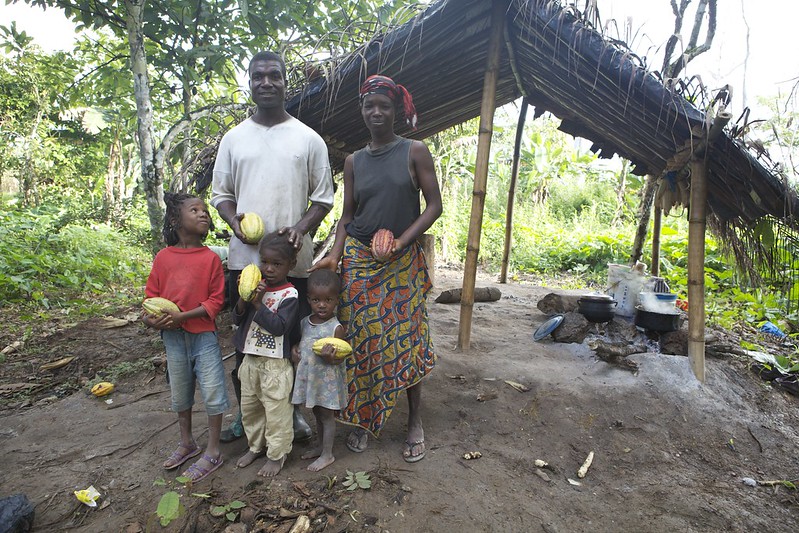
 The comforting routine of having a rich cup of coffee in the morning is a habit shared by millions of people around the world. Unique flavors and distinctive brews come from various countries such as Brazil, Colombia and Indonesia. Vietnam, once an underdog in the coffee industry, has now become one of the top coffee exporters in the world. As a new major contender in the international coffee trade, Vietnam faces new economic opportunities moving forward. Importantly, coffee in Vietnam has the potential for reducing poverty.
The comforting routine of having a rich cup of coffee in the morning is a habit shared by millions of people around the world. Unique flavors and distinctive brews come from various countries such as Brazil, Colombia and Indonesia. Vietnam, once an underdog in the coffee industry, has now become one of the top coffee exporters in the world. As a new major contender in the international coffee trade, Vietnam faces new economic opportunities moving forward. Importantly, coffee in Vietnam has the potential for reducing poverty.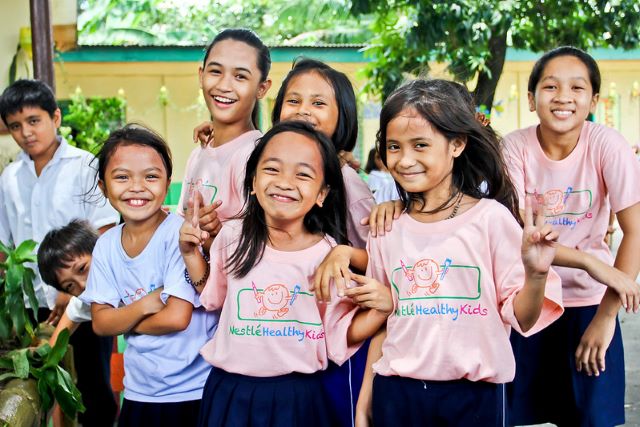 In 2015, the U.N. put out a list of Sustainable Developmental Goals (SDGs) to reach by 2030. The focus of these SDGs is to build a better, more sustainable world, inclusive of all countries. While the first SDG is specifically geared towards ending poverty as a whole, the rest of the goals have direct and indirect ways of addressing poverty as well. There are quite a few popular brands in the kitchen fighting global poverty and many are using the SDGs as a guideline for launching campaigns toward ending facets of poverty.
In 2015, the U.N. put out a list of Sustainable Developmental Goals (SDGs) to reach by 2030. The focus of these SDGs is to build a better, more sustainable world, inclusive of all countries. While the first SDG is specifically geared towards ending poverty as a whole, the rest of the goals have direct and indirect ways of addressing poverty as well. There are quite a few popular brands in the kitchen fighting global poverty and many are using the SDGs as a guideline for launching campaigns toward ending facets of poverty.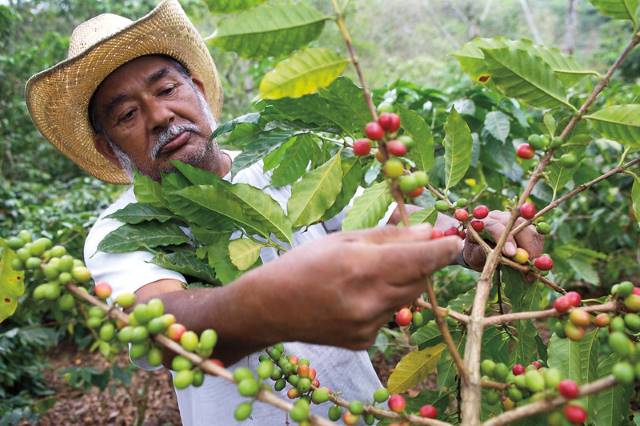 Popular on every continent of the earth, coffee is one of the most traded agricultural commodities in the world. In 2017, more than two-thirds of the global coffee production was exported,
Popular on every continent of the earth, coffee is one of the most traded agricultural commodities in the world. In 2017, more than two-thirds of the global coffee production was exported, 
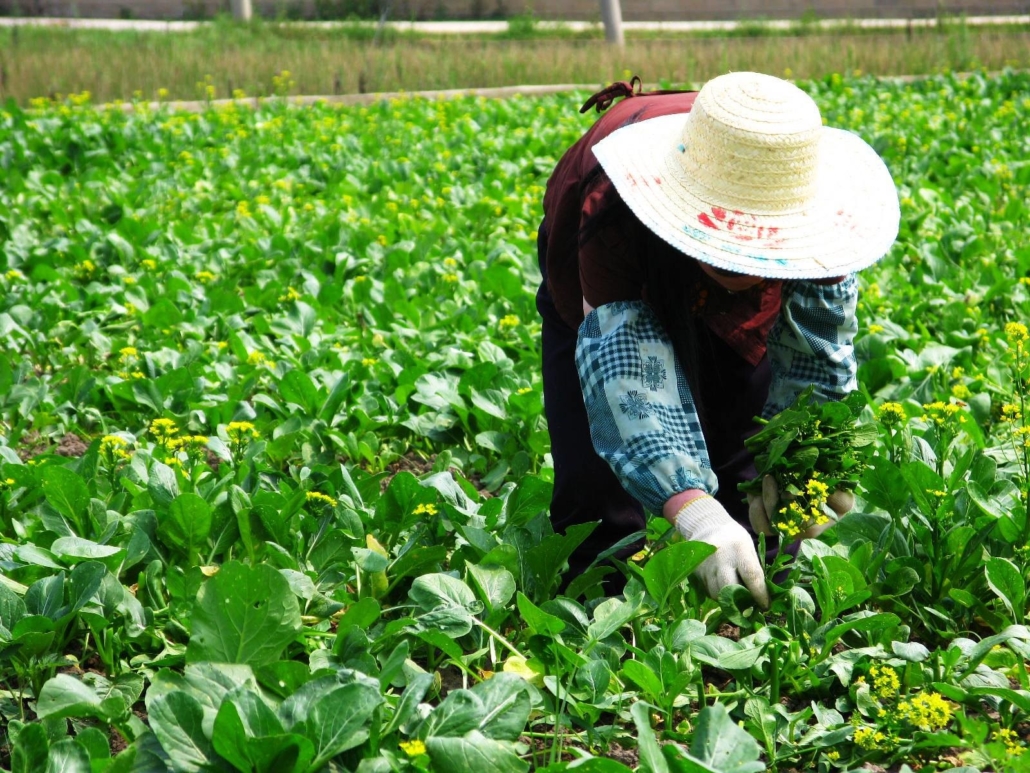
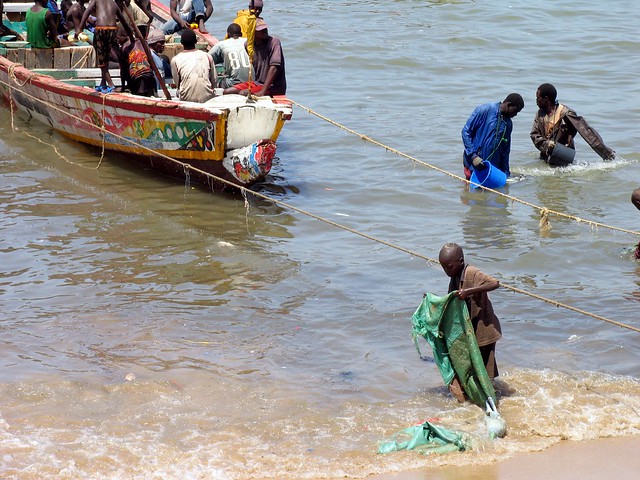 Water is an essential but limited resource that is unfairly allocated in many parts of sub-Saharan Africa. Although one of the Millennium Development Goals (MDG7) is to lower the number of people that currently live without
Water is an essential but limited resource that is unfairly allocated in many parts of sub-Saharan Africa. Although one of the Millennium Development Goals (MDG7) is to lower the number of people that currently live without 
